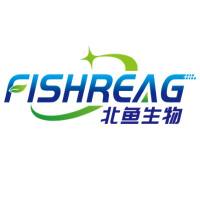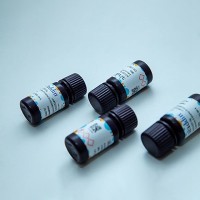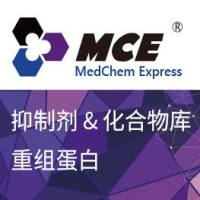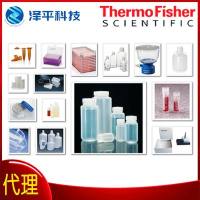Genetic Detoxification of Bacterial Toxins
互联网
660
Several pathogens, such as Corynebacterium diphtheriae, Clostridium tetani, Bordetella pertussis, Vibrio cholerae , enterotoxigenic Escherichia co1i (1 ), and even some emerging pathogens, such as Helicobacter pylori (2 ), produce potent toxins that are responsible for the pathology caused by the bacterium. In most cases the disease, and often even the infection, can be prevented by a vaccine that induces immunity against the toxin. In order to be used in vaccines, the dangerous toxins need to be depleted of their toxic activity in an effective and irreversible manner. The most effective way to inactivate toxins for inclusion in vaccines was developed by Ramon in 1924 by using formaldehyde treatment at 37�C to detoxify diphtheria toxin (3 ). This method was then used to inactivate other toxins and also viral and bacterial suspensions. Even today, widely used vaccines, such as diphtheria, tetanus, inactivated polio, and whole cell pertussis, and even some of the newly developed acellular pertussis vaccines are produced using formaldehyde or other chemical treatments to inactivate the toxin and/or kill the microorganisms that are present in the vaccine (4 , 5 ).









